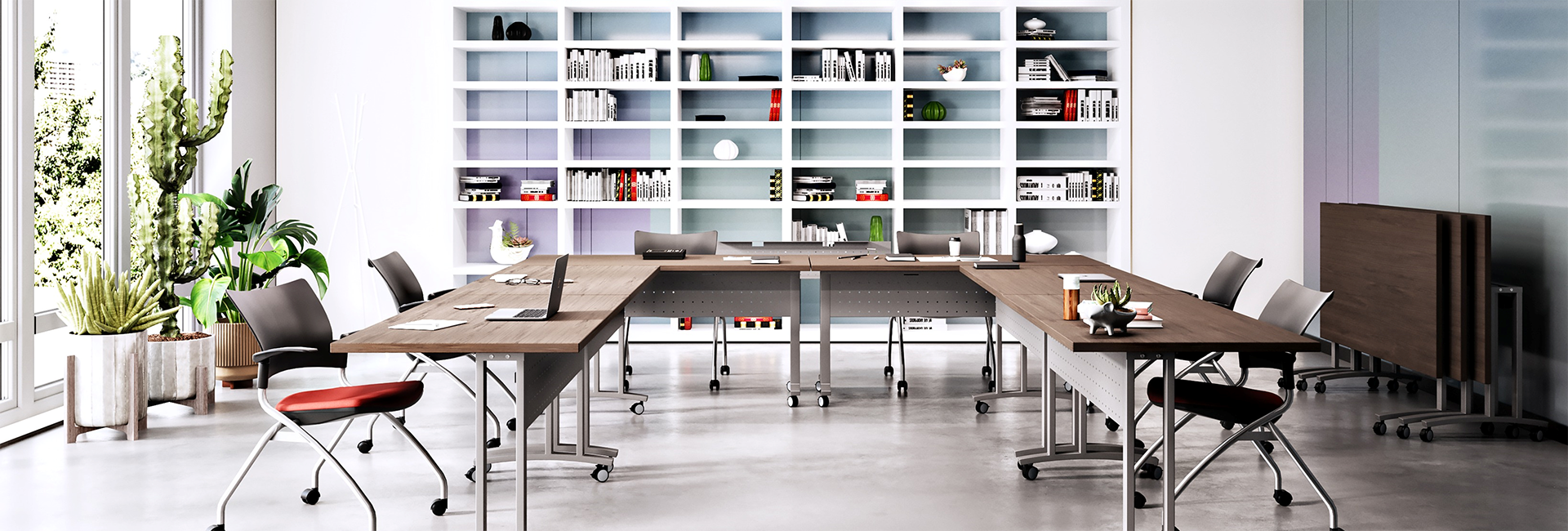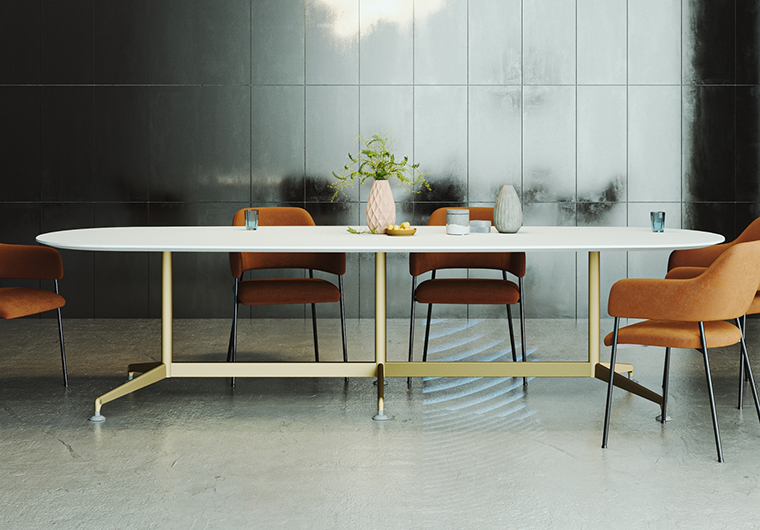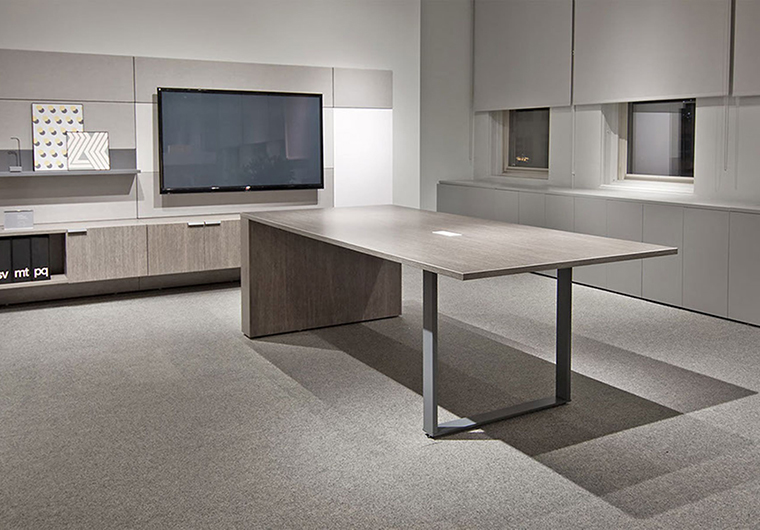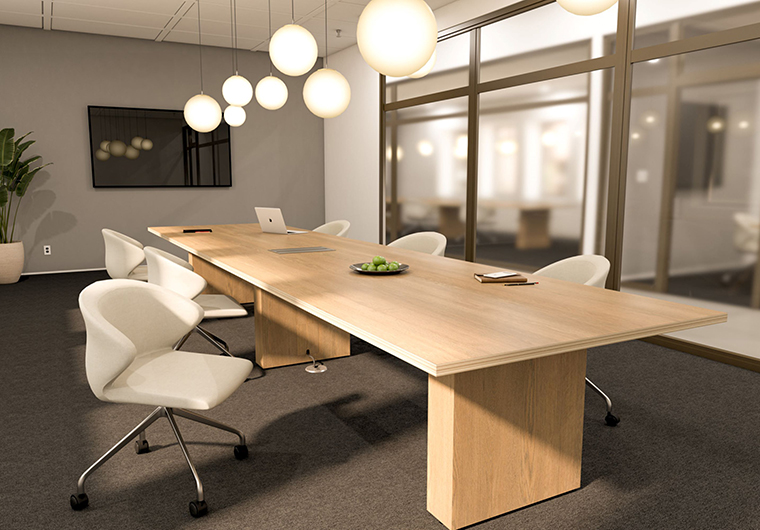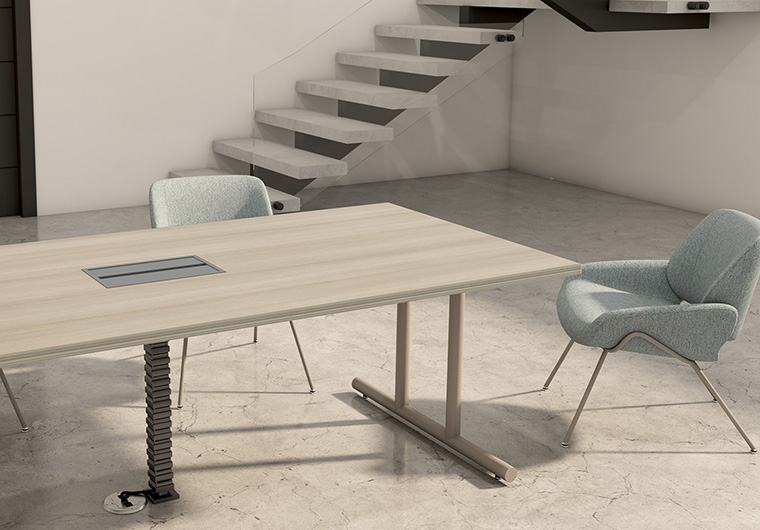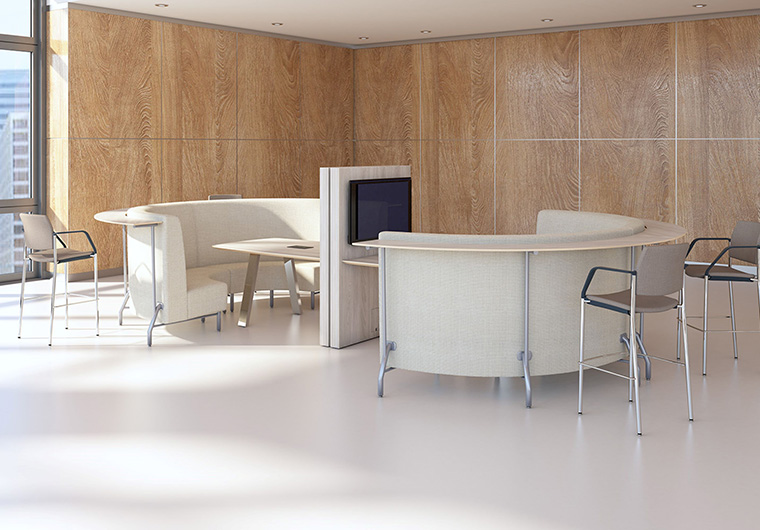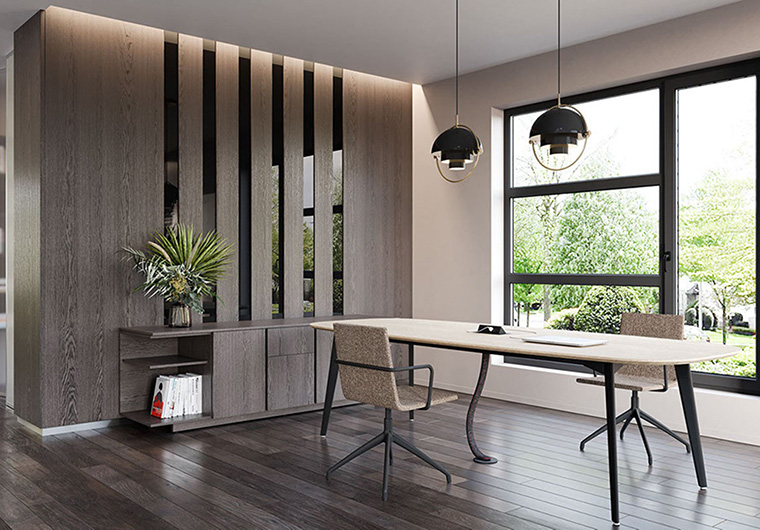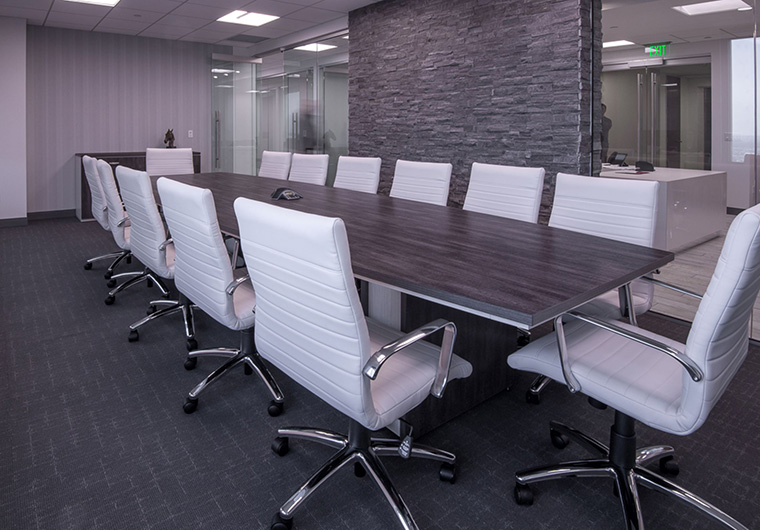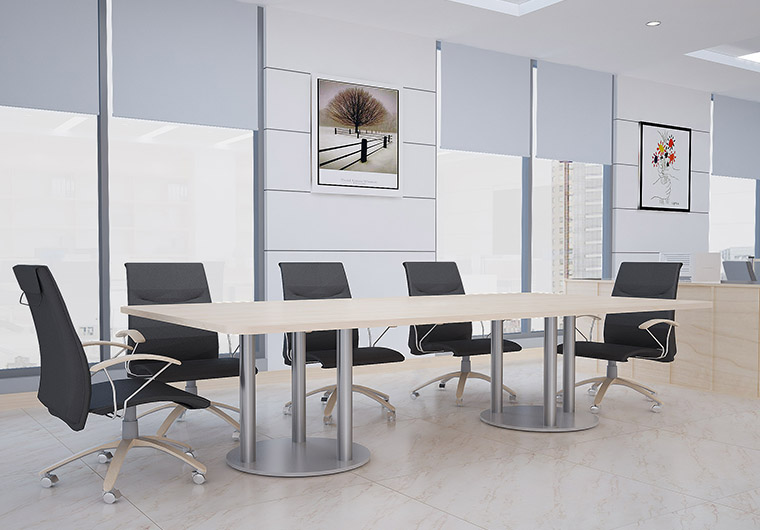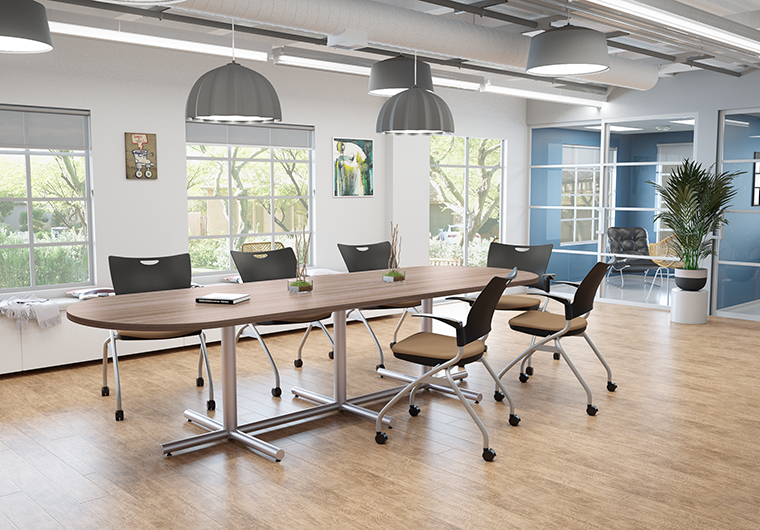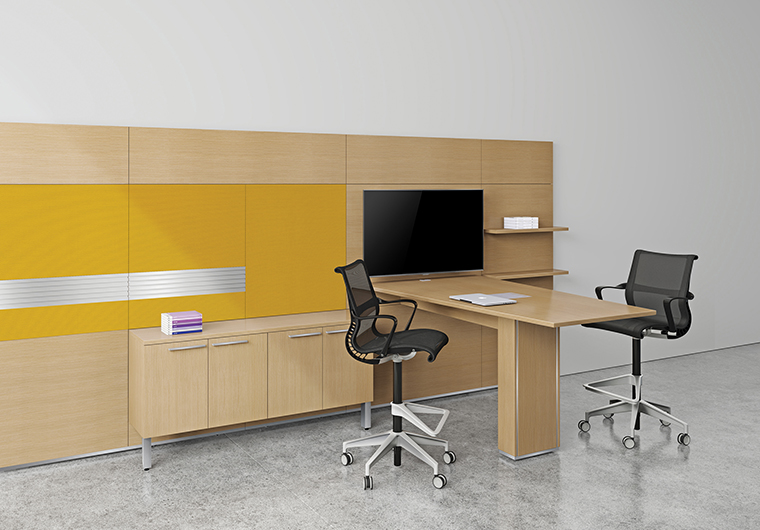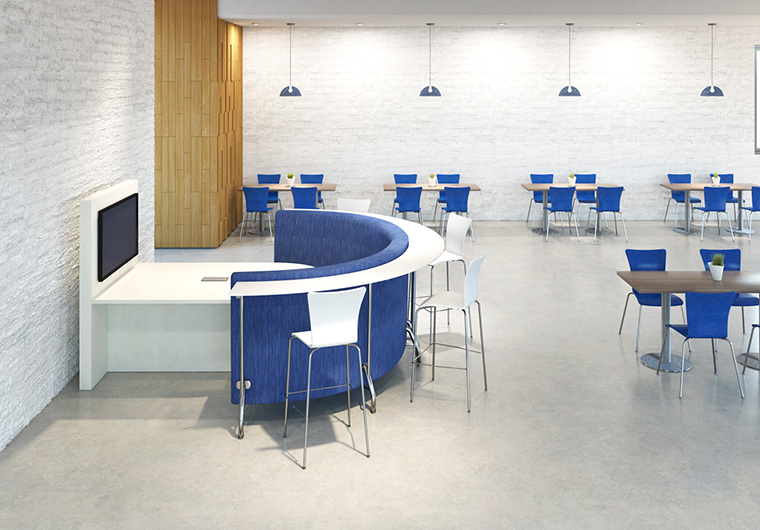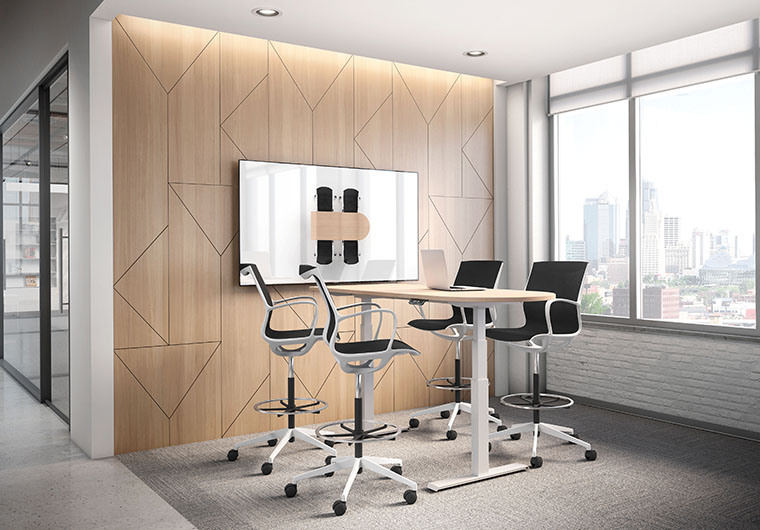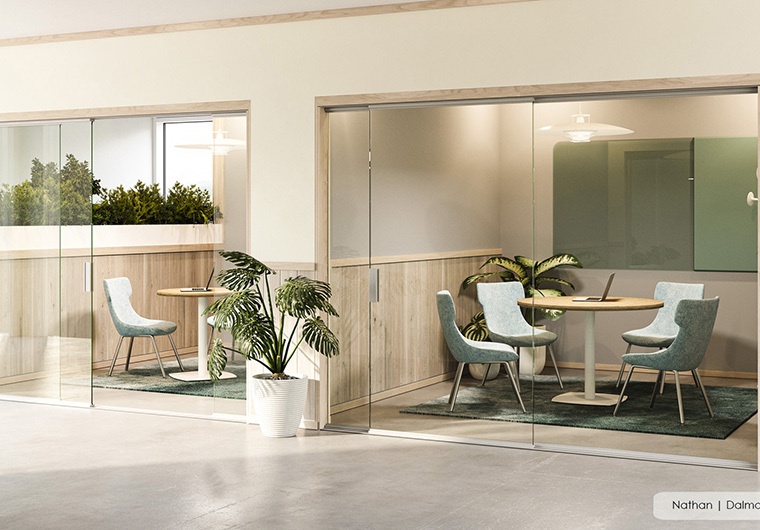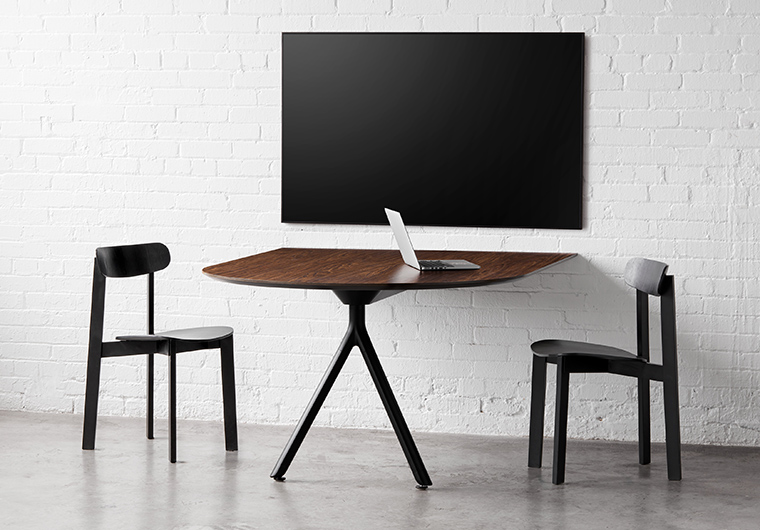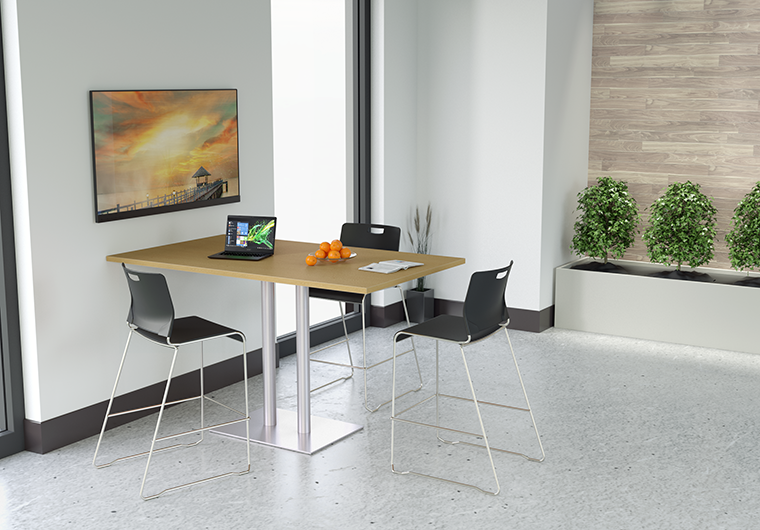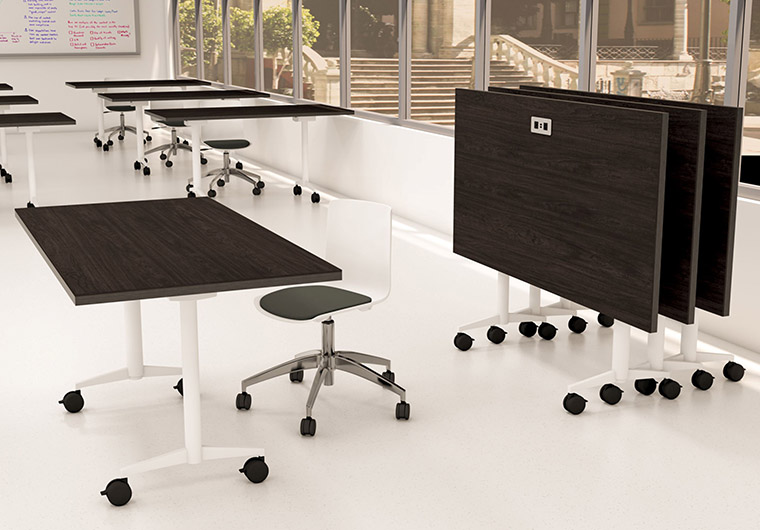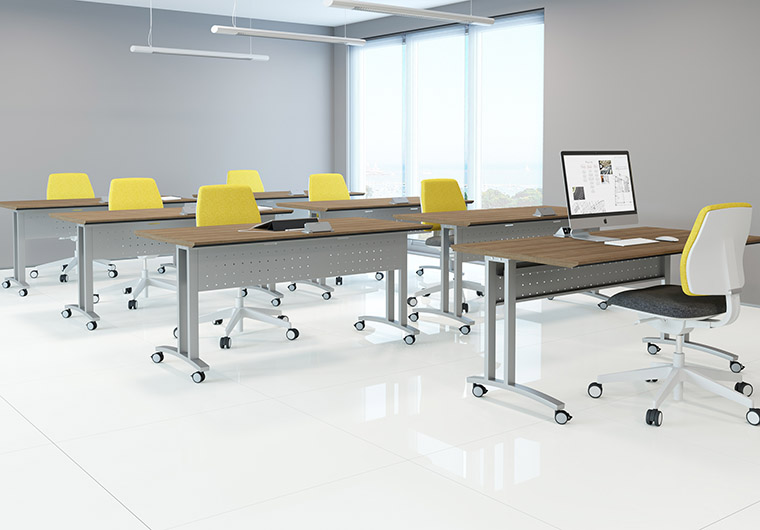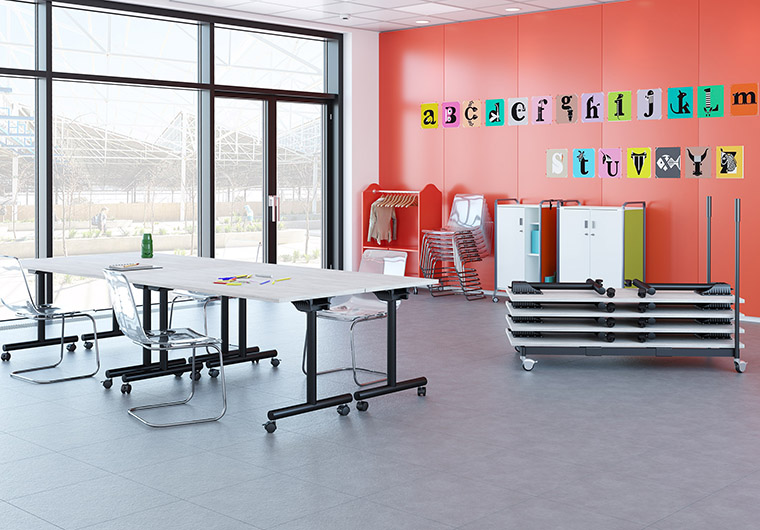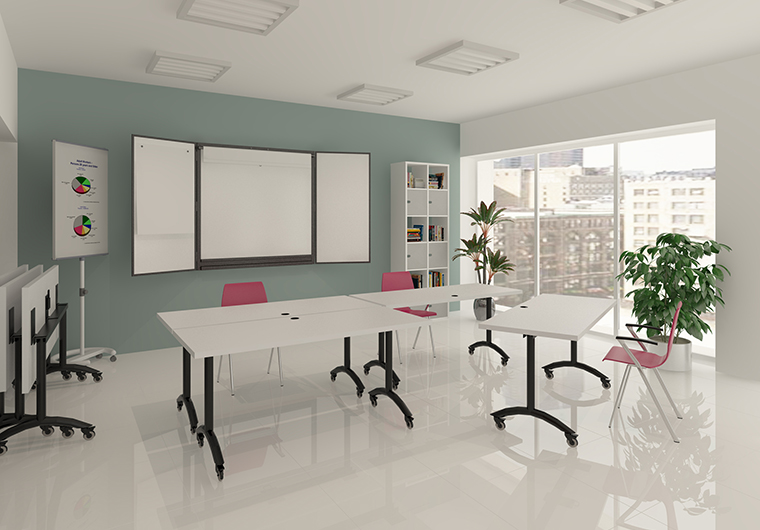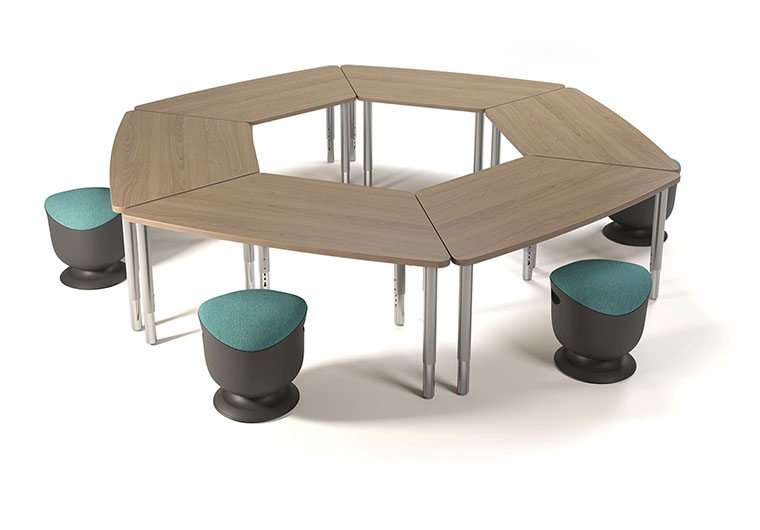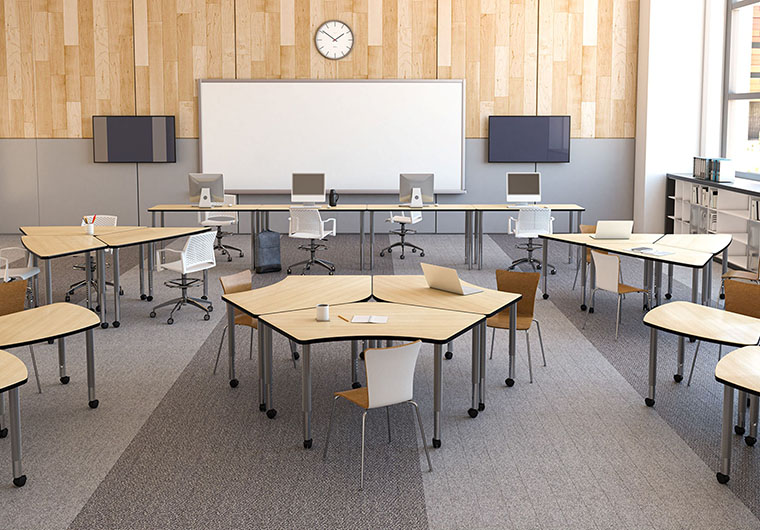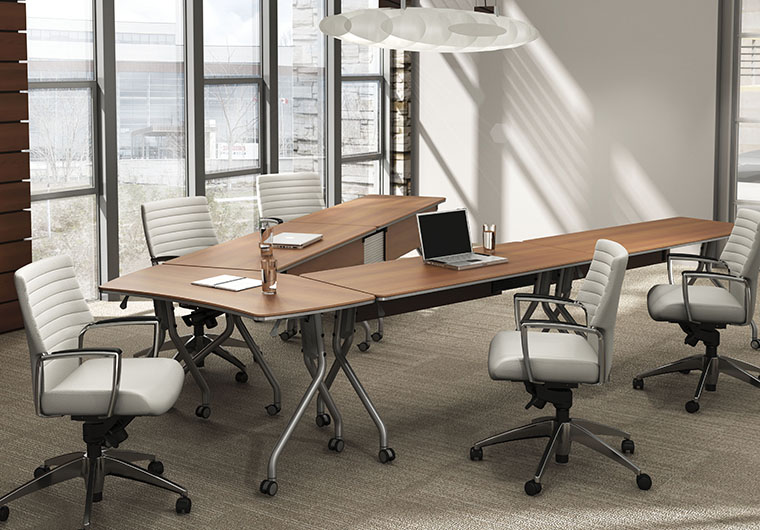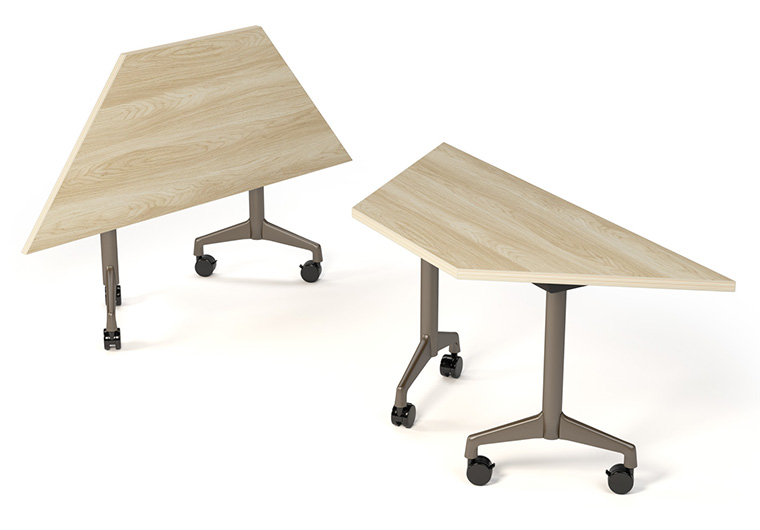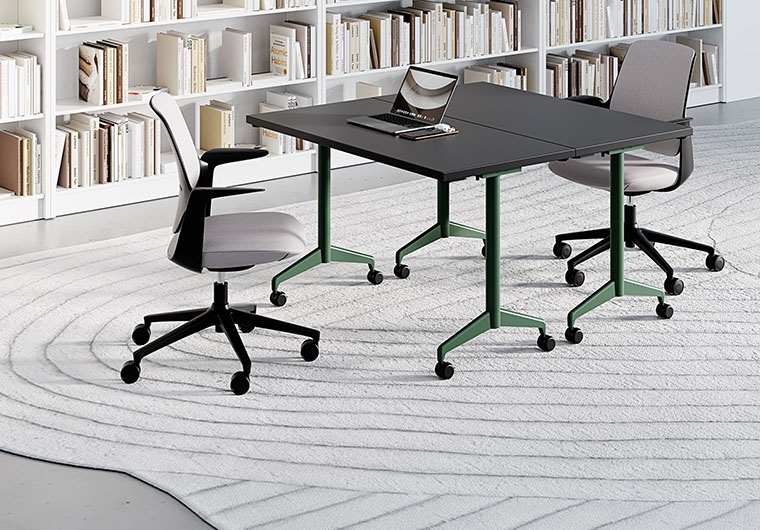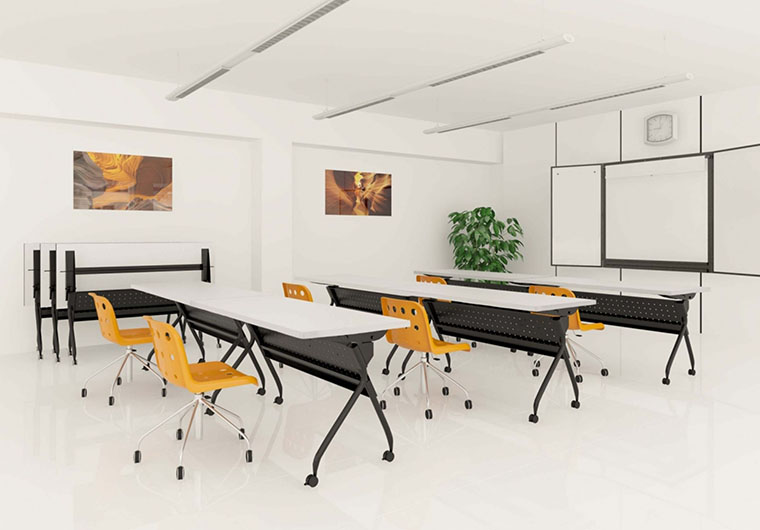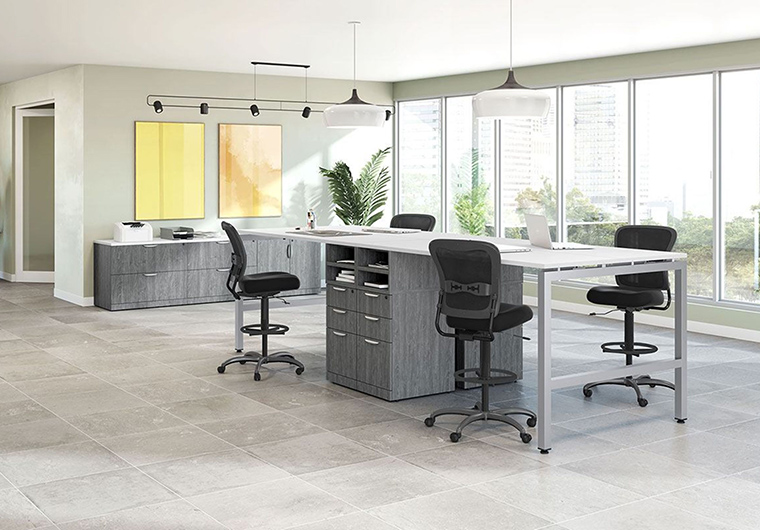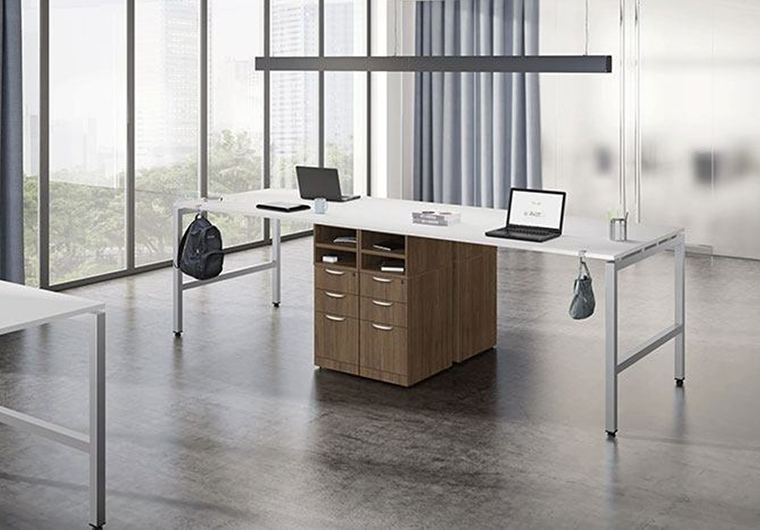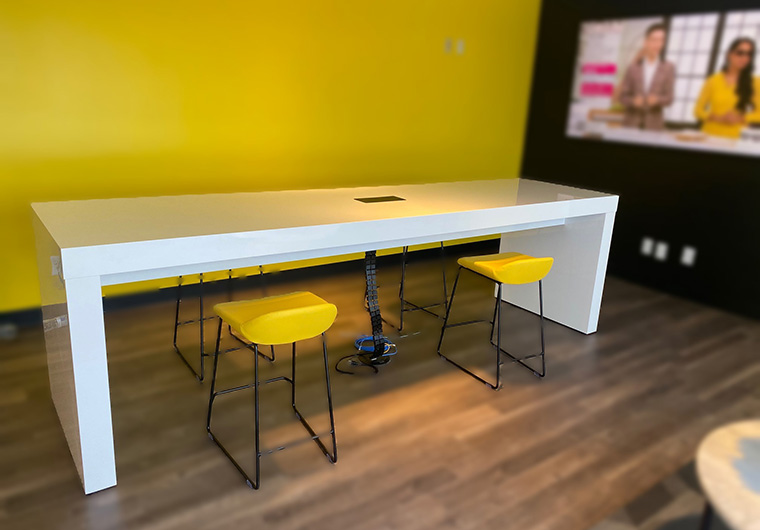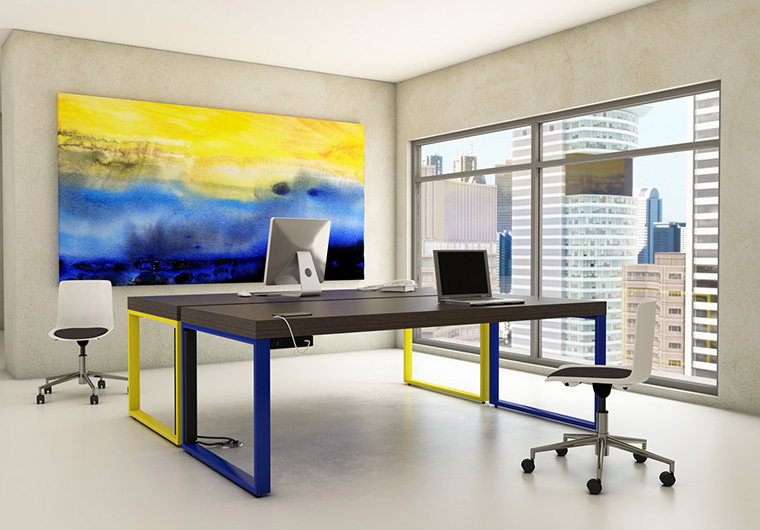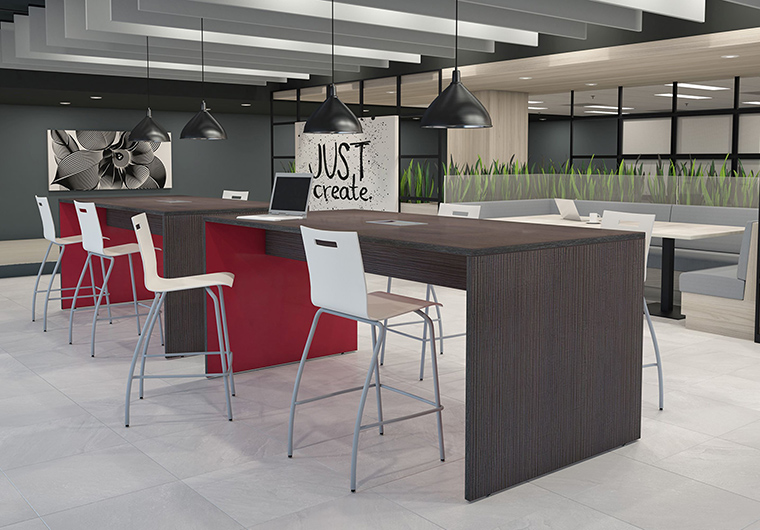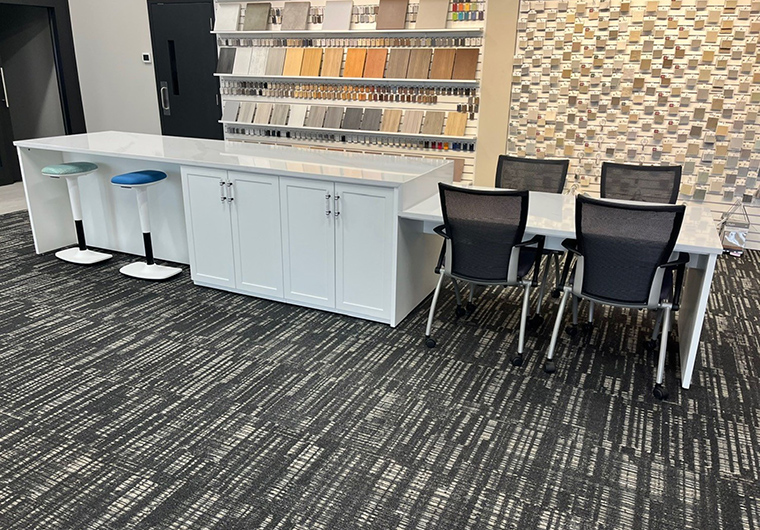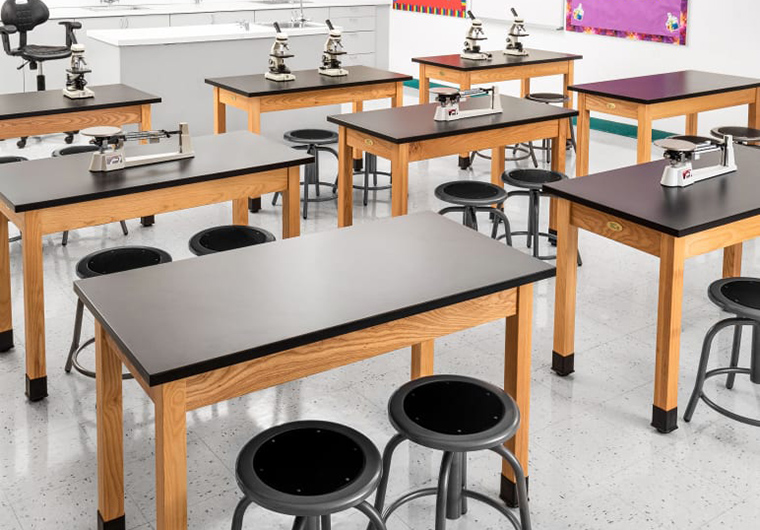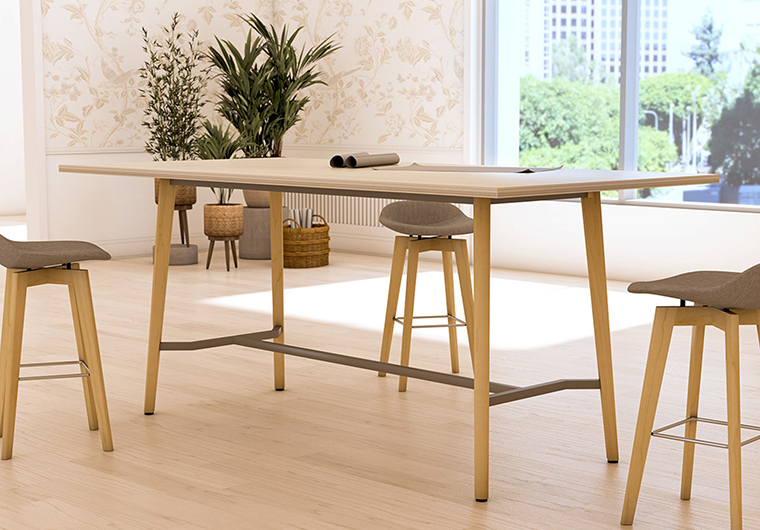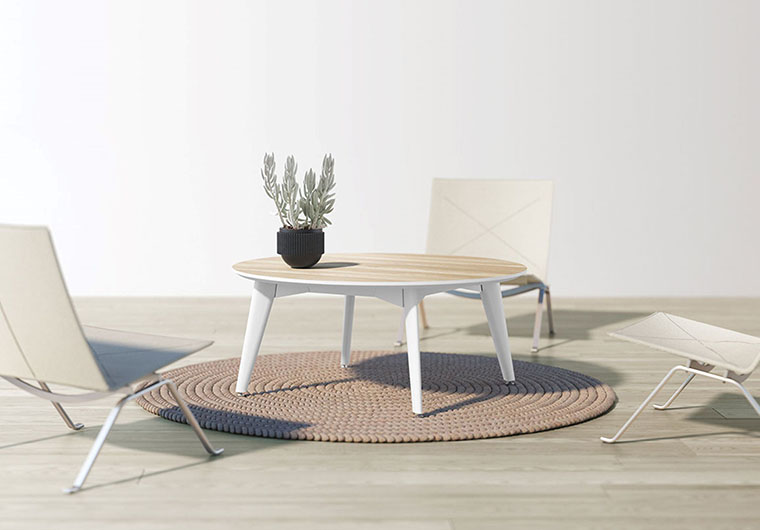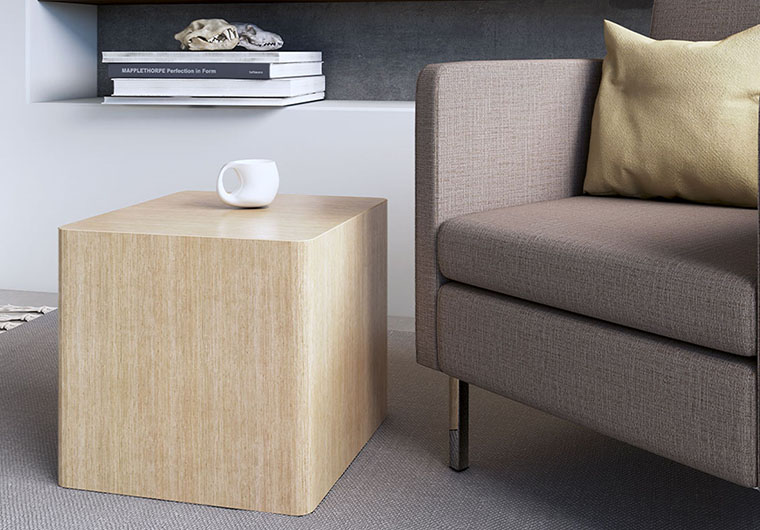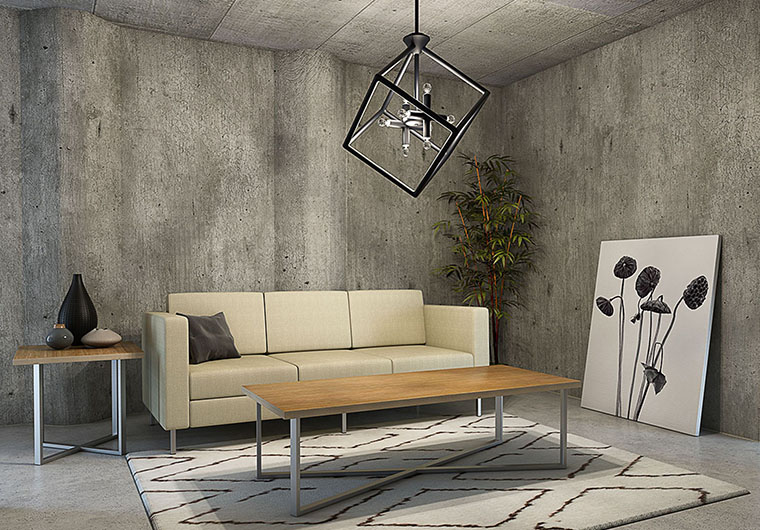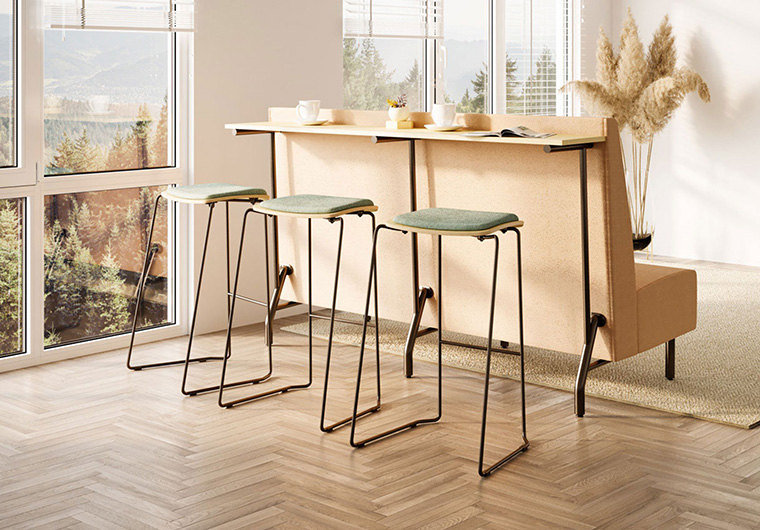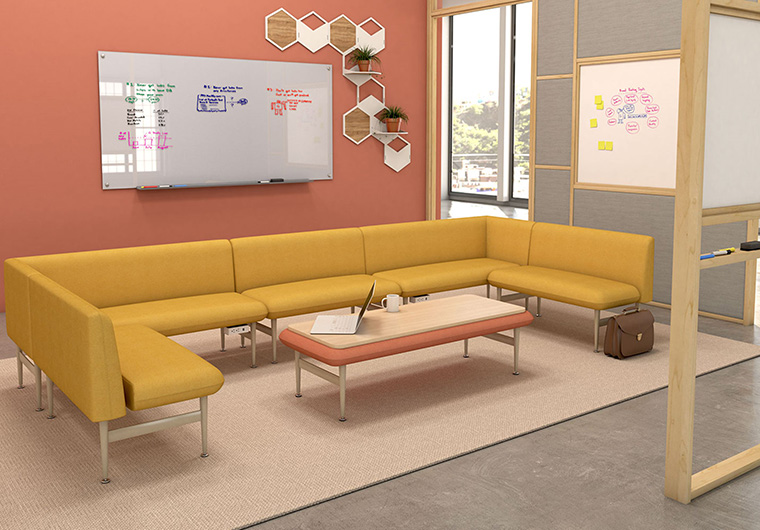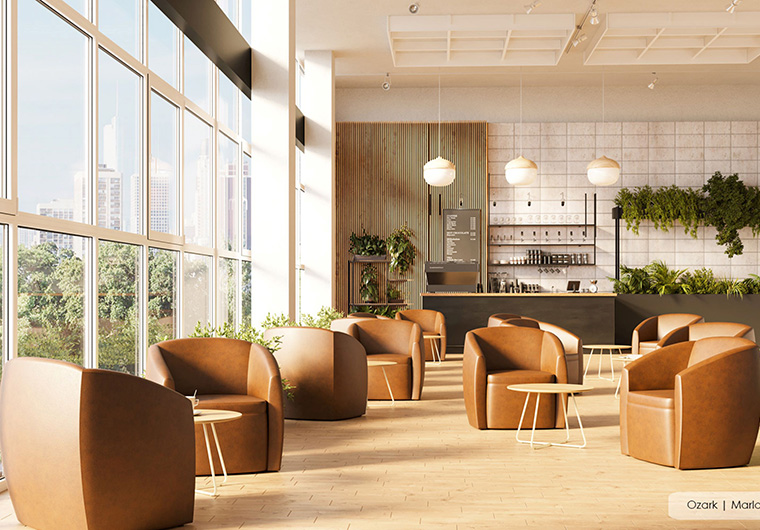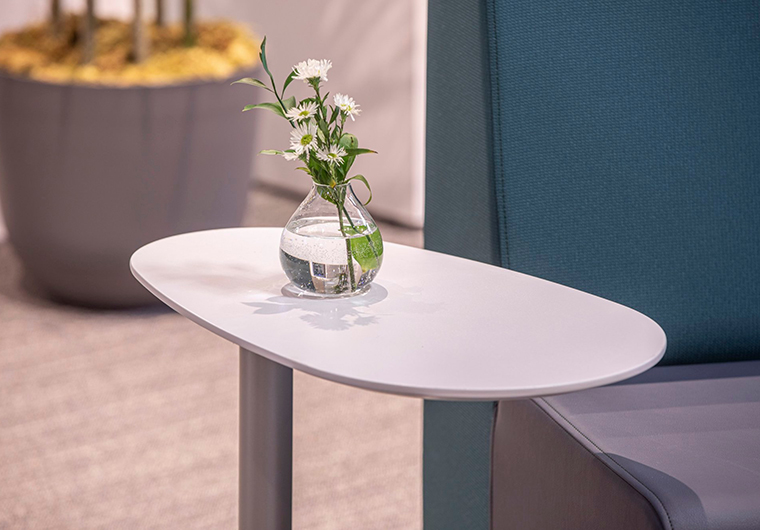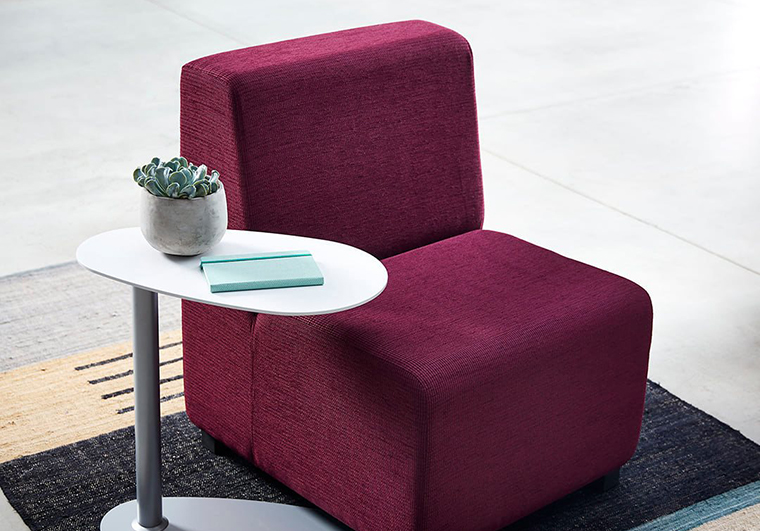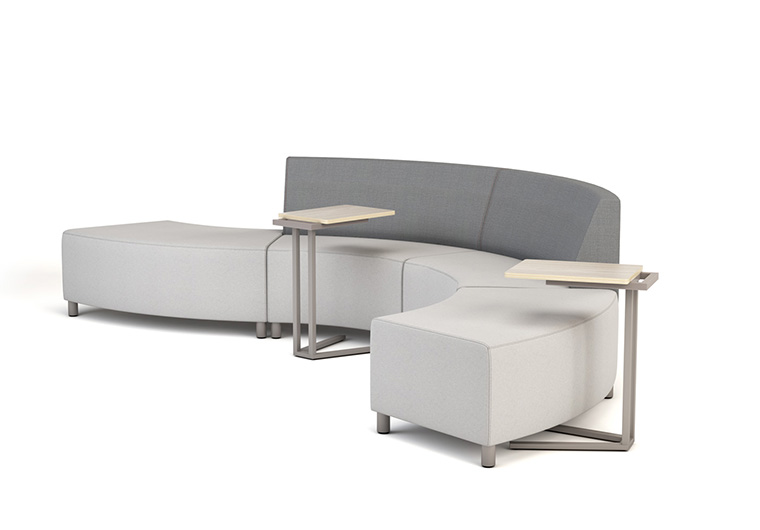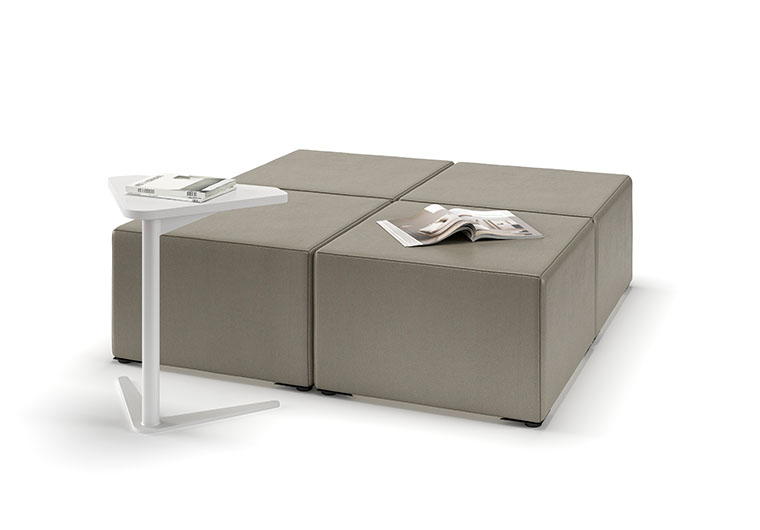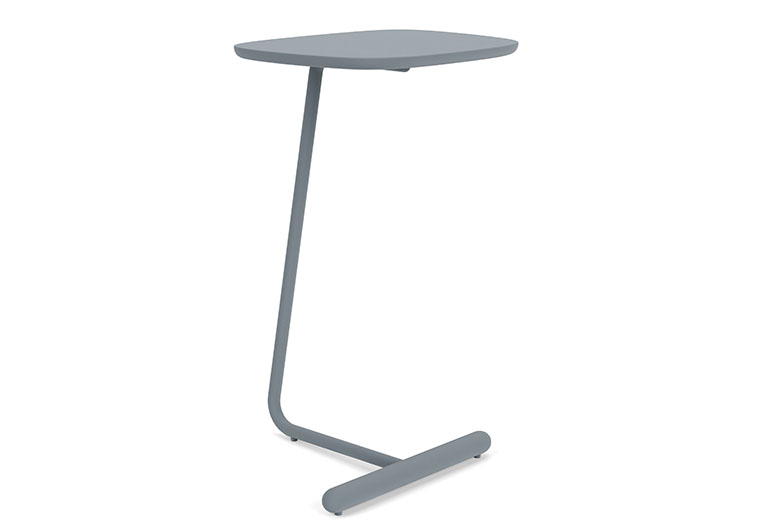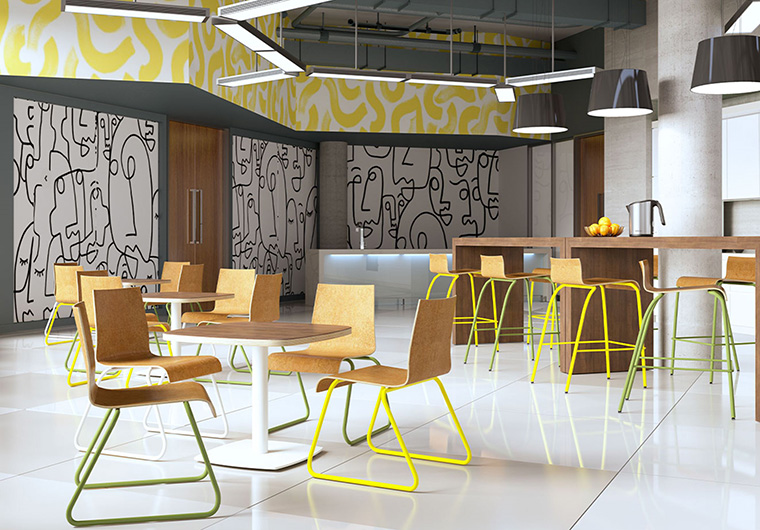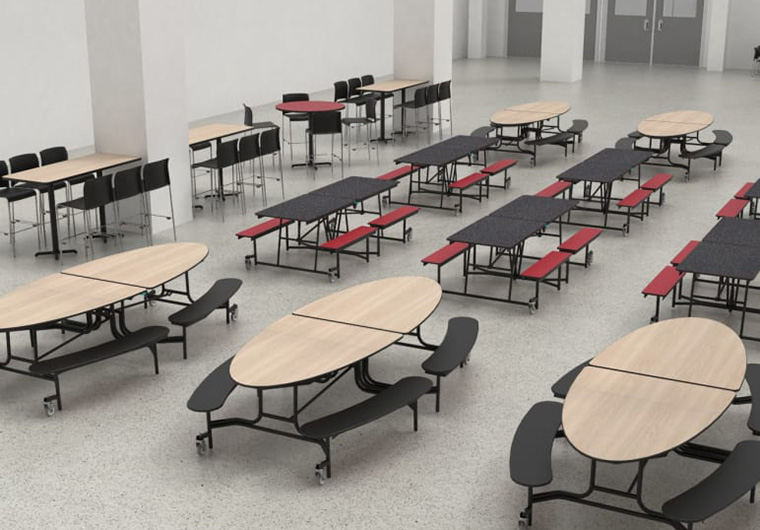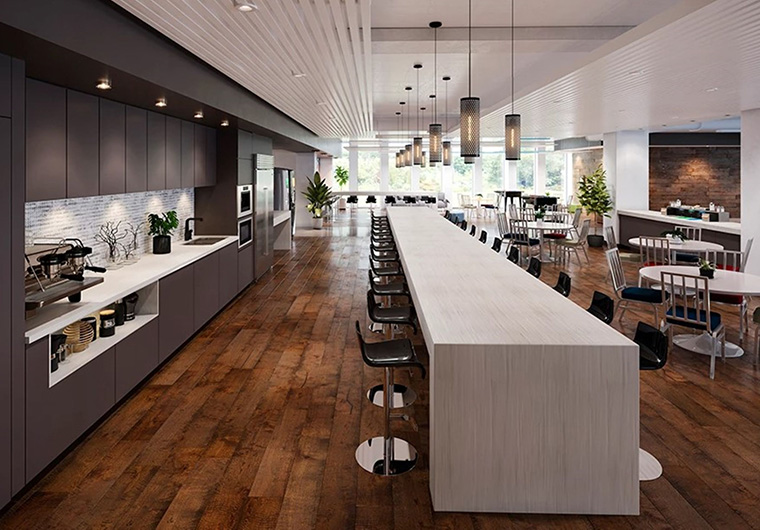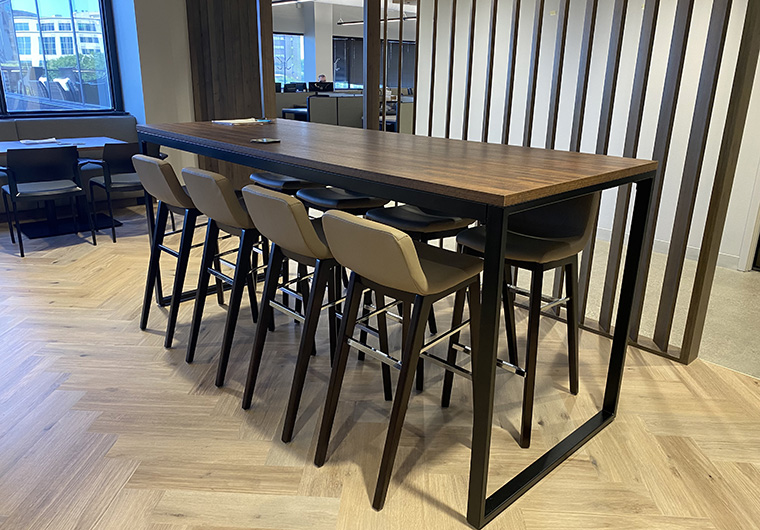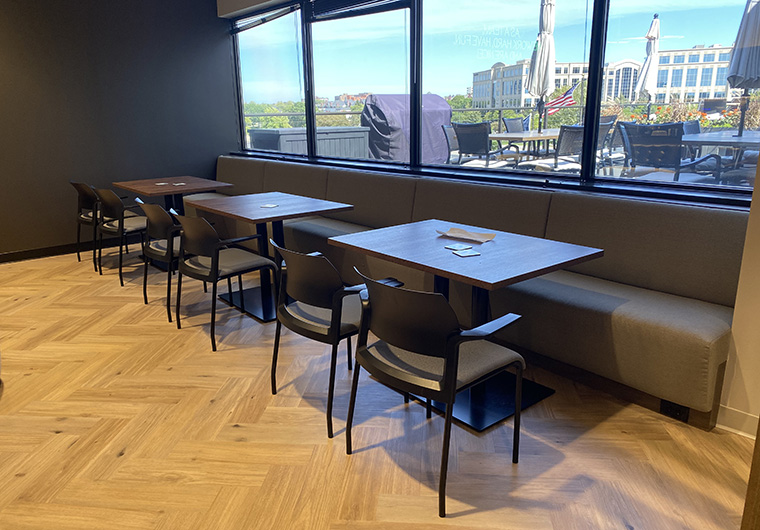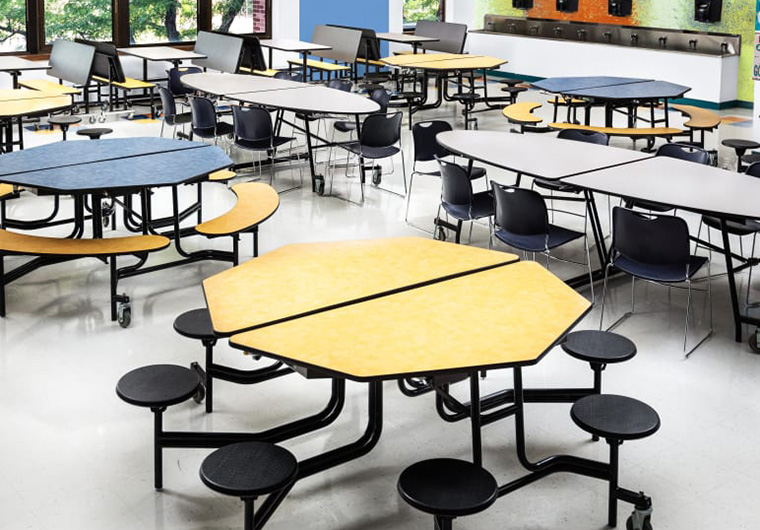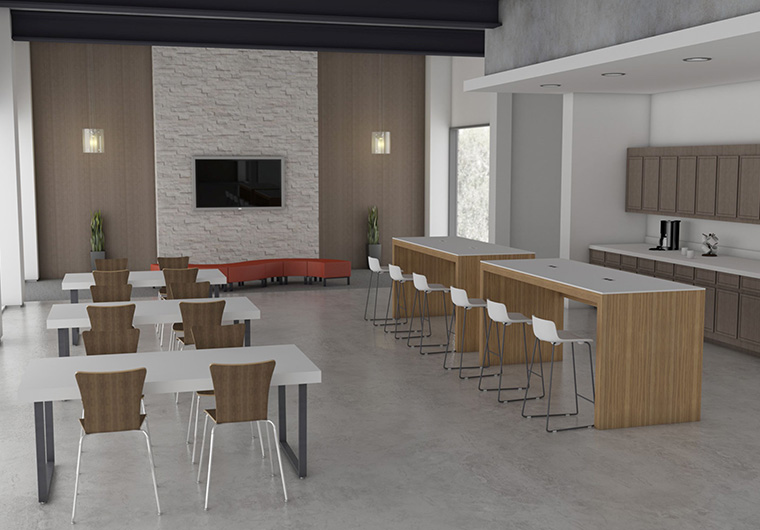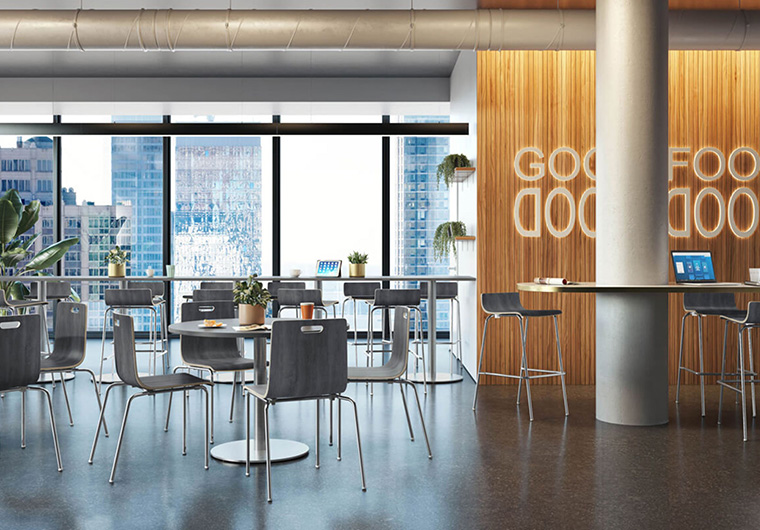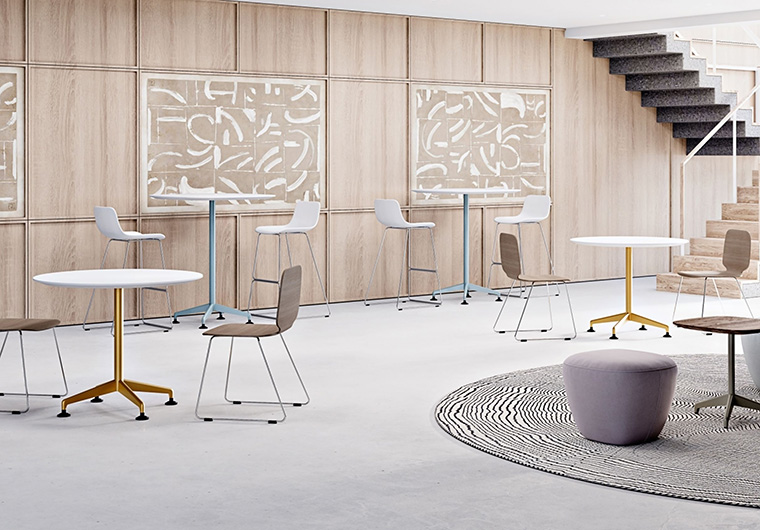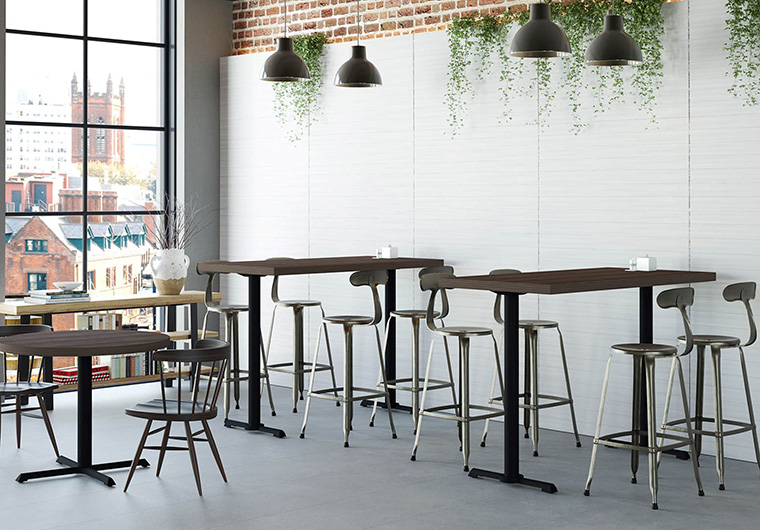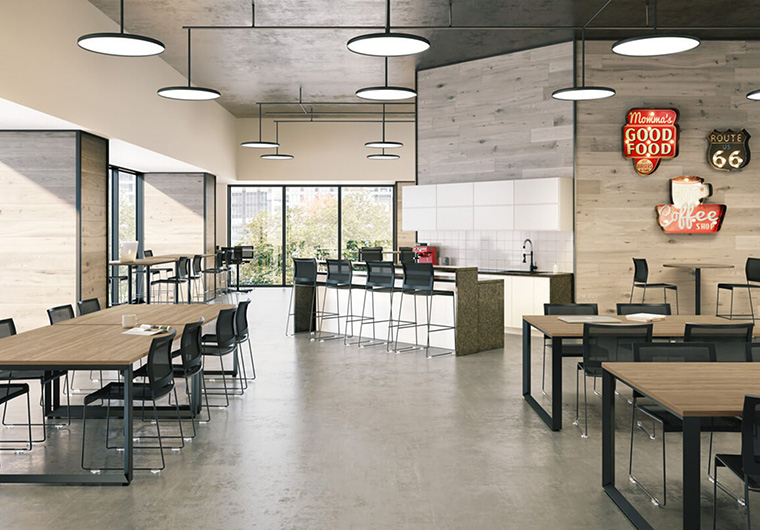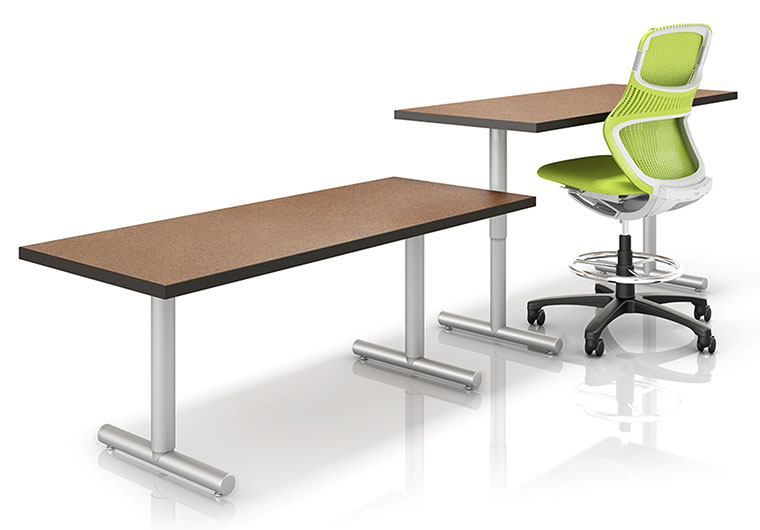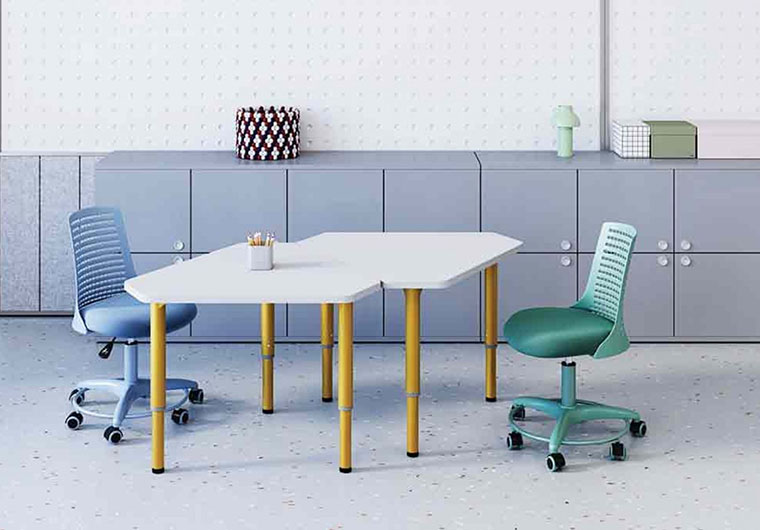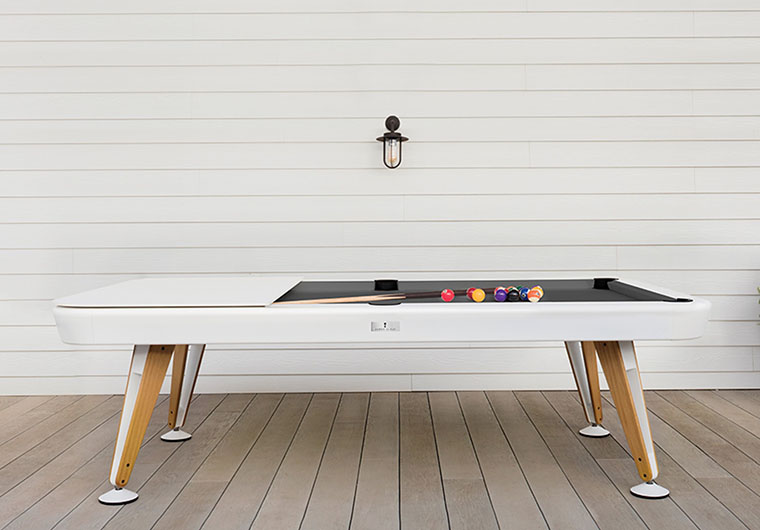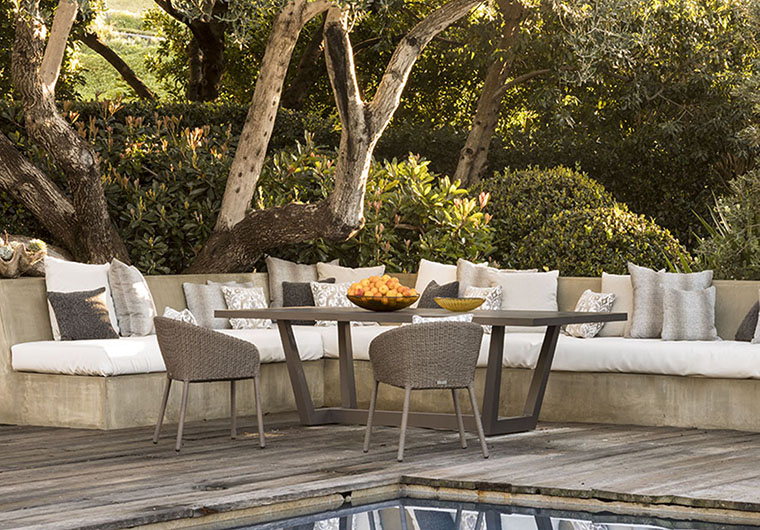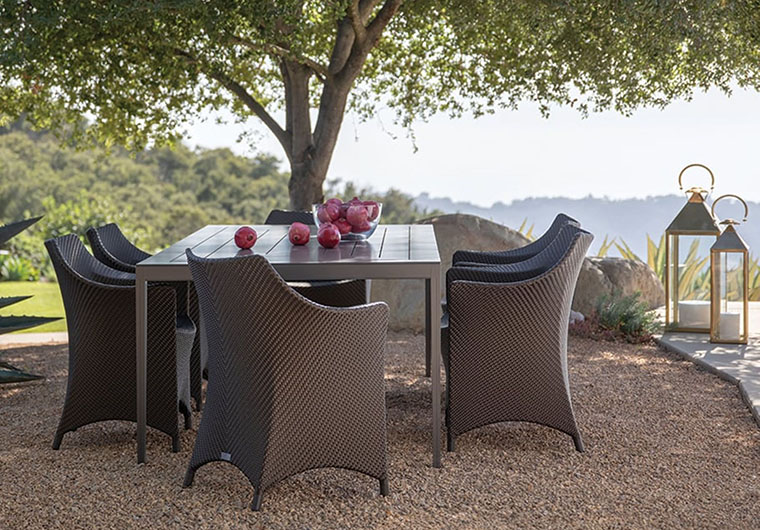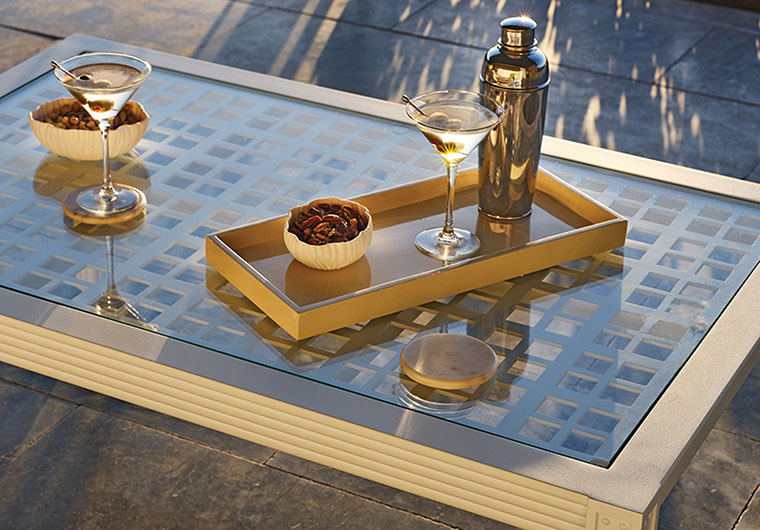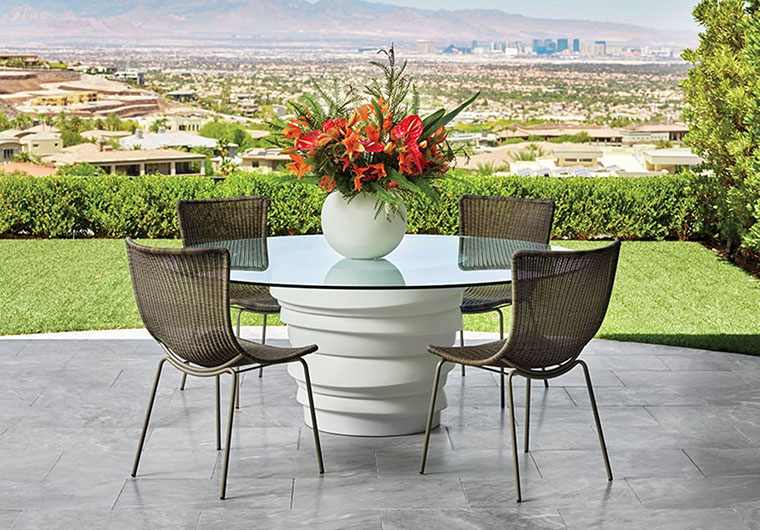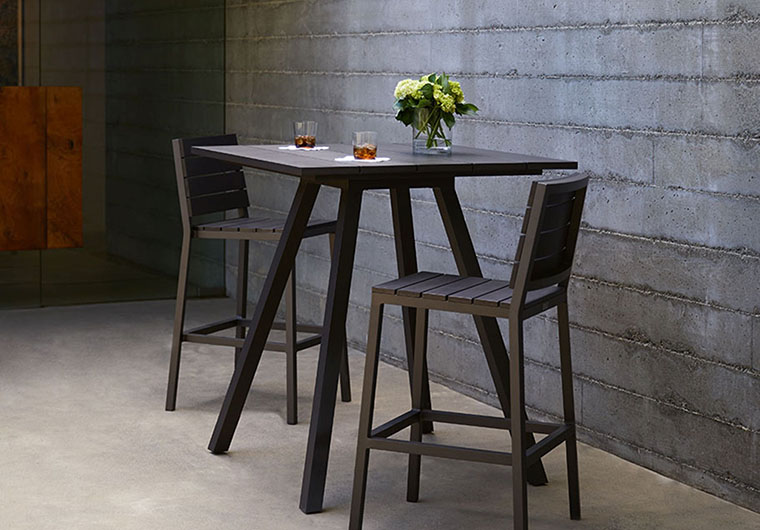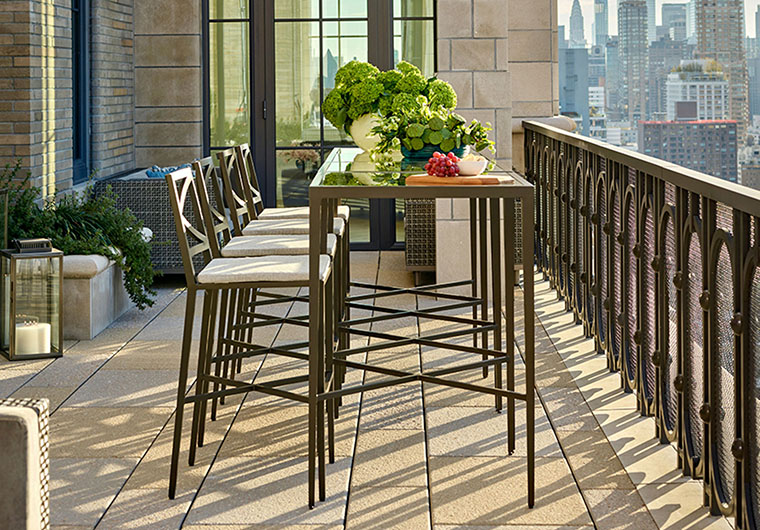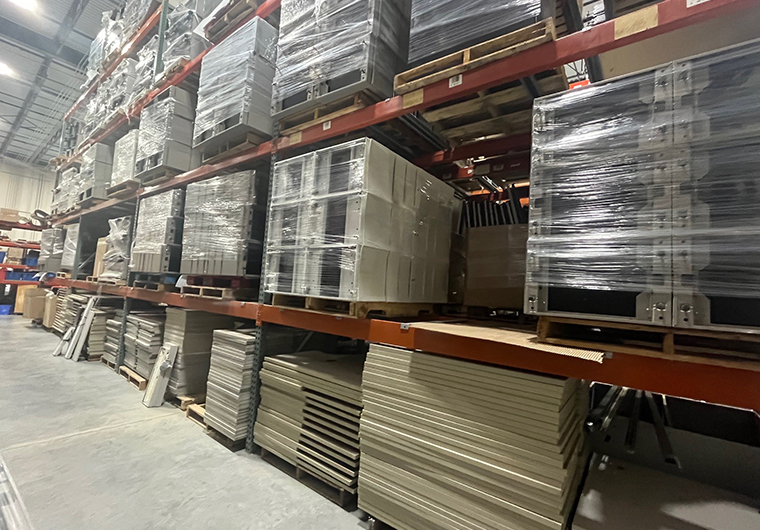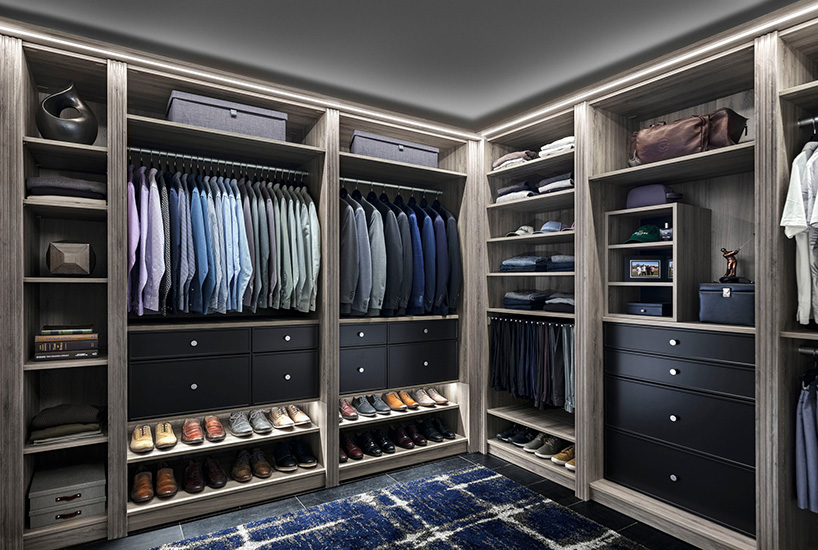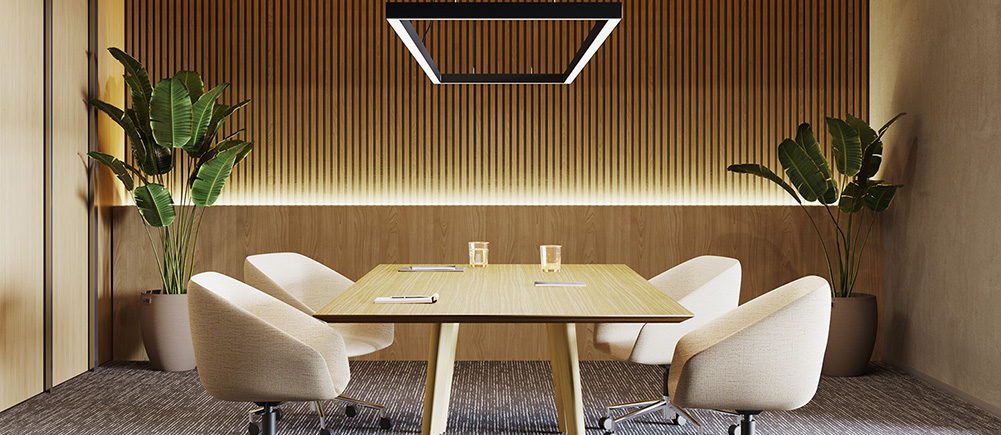Commercial Office Tables
If you’re in the market for top-tier tables to enhance your commercial area, your search ends here. Tables play a central role (often literally) in creating functional and productive environments across various business domains. Minnesota Office Furniture has the resources and expertise to create different looks, feels, and overall styles for your personal taste. Whether we’re outfitting offices, conference rooms, training rooms, restaurants, or any other commercial venue, our products are designed to suit every need. Here is some inspiration.
OUR PROCESS TO BRING YOU SUCCESS
CONSULTATION
Your needs take center stage. We begin by asking the right questions to gain a deeper understanding of your space. For residential clients, we ask you to come into our showroom, look around at our products, get to know more about the design possibilities, and then discuss your vision before we create a customized concept drawing.
For commercial & residential clients, we invite you to share your space plans and schedule a meeting, enabling us to comprehensively outline the project's scope.
DESIGN
Next, our skilled team crafts visual mockups, accompanied by an initial budget assessment to fit what you’re looking for. From here, we will make any necessary edits and start focusing on the details. Before beginning your project, the consultant you’re working with will complete a walk through and field measurement of your space as well as answer any additional questions.
DELIVERY & INSTALL
Lead times vary based on project size and material choices. We're proud to uphold a five to eight-week lead time, spanning from the deposit phase to the installation finale. To begin production, we request a minimum deposit of 50% or a purchase order. As installation day approaches, the remaining balance becomes due.
Frequently Asked Questions
What are the different Heights of Tables?
Tables come in various heights, each designed for specific purposes and to accommodate diverse types of seating. Here are the common heights of tables:
- Standard Dining Table Height: Standard desk/dining tables typically have a height of around 28 to 30 inches from the ground to the top tabletop.
- Counter-Height Table: Counter-height tables are higher than standard dining tables, usually ranging from 34 to 36 inches tall. These tables are designed to be paired with counter-height stools or chairs and are commonly used in kitchens, collaboration areas, nooks, or casual dining areas.
- Bar-Height Table: Bar-height tables, also known as pub tables, are taller than both standard dining tables and counter-height tables, typically ranging from 40 to 42 inches in height. They are designed to be paired with bar stools and are commonly found in bars, pubs, and entertainment areas.
- Coffee Table Height: Coffee tables are lower than dining tables, typically ranging from 16 to 18 inches in height. These tables are designed to be used in living rooms or lounge areas and are usually positioned in front of sofas or seating arrangements.
- Console Table Height: Console tables are taller and narrower than coffee tables, with heights ranging from 28 to 32 inches. They are often placed against walls or behind sofas and used for decorative purposes, to display items, or to provide additional storage in entryways or hallways.
- Side Table Height: Side tables, also known as end tables or accent tables, have varying heights depending on their intended use. They typically range from 22 to 30 inches in height and are designed to be placed beside sofas, chairs, or beds to hold lamps, drinks, or other items.
How do I choose the right size table for my space?
Choosing the right size table for your space involves considering both the dimensions of the area and the intended use of the table. Here are some steps to help you make the right choice:
- Measure the Space: Use a tape measure to determine the dimensions of the area where you plan to place the table. Consider the length, width, and height available for the table.
- Consider Functionality: Think about how you will use the table. Will it be for dining, working, or as a decorative piece? This will help you determine the size and shape that best suits your needs.
- Allow Space for Movement: Leave enough space around the table for comfortable movement. For dining tables, aim for at least 36 inches between the table edge and walls or other furniture to allow people to move chairs in and out comfortably.
- Account for Chairs or Seating: If the table will be used with chairs, make sure there is enough room for them to be pulled out and sat on comfortably (approximately 36 to 48 inches from the wall). Consider both the width and depth of the chairs when making your calculations.
- Shape Matters: The shape of the table can also affect how it fits in the space. Rectangular tables work well in longer rooms, while round or square tables can be better for smaller spaces or for encouraging conversation.
- Visual Balance: Consider the visual balance of the table in the room. A table that is too large can overwhelm the space, while one that is too small might look out of place.
- Mock-Up or Use Templates: If possible, use cardboard cutouts or tape on the floor to visualize the size and shape of the table in the space before making a purchase.
- Flexibility: If you are unsure about the best size, consider a table that nests/folds and connects to others so part(s) can be added or removed to accommodate different numbers of people or activities.
What are the pros and cons of different table shapes such as round, square, or rectangular?
The choice of table shape depends on factors like available space, desired seating capacity, room layout, and aesthetic preferences. Consider these pros and cons when selecting the best table shape for your needs.
Round Tables:
Pros:
- Versatile seating arrangement: Round tables promote conversation as everyone is facing each other, making them ideal for social gatherings.
- Space-saving: With no sharp corners, round tables can fit well in smaller spaces and are safer for households with children.
- Flexible seating capacity: Round tables can accommodate more or fewer guests by simply adding or removing chairs.
Cons:
- Less surface area: Round tables generally have less usable surface area compared to rectangular or square tables, making them less practical for tasks that require ample tabletop space.
- Awkward placement against walls: Round tables are often placed away from walls due to their circular shape, which may not be ideal for certain room layouts.
Square Tables:
Pros:
- Symmetrical design: Square tables offer a balanced and symmetrical look, making them aesthetically pleasing in many settings.
- Efficient seating arrangement: Square tables allow for easy conversation among all diners, like round tables, and can fit well in smaller dining areas.
- Flexible placement: Square tables can be placed against walls or in corners without wasting space.
Cons:
- Limited seating capacity: Square tables may not accommodate as many guests as rectangular tables, especially when considering the corners which can be less comfortable to sit at.
- Less flexibility in room layout: The symmetrical shape of square tables may not suit all room layouts or furniture arrangements.
Rectangular Tables:
Pros:
- Ample surface area: Rectangular tables typically offer the most surface area, making them ideal for tasks that require a large tabletop space, such as dining, working, or crafting.
- Efficient seating arrangement: Rectangular tables can accommodate more guests compared to round or square tables, especially when extended with leaves.
- Versatile placement: Rectangular tables can be placed along walls or in the center of a room, providing flexibility in room layout and furniture arrangement.
Cons:
- Less conducive to conversation: Rectangular tables may not facilitate as much interaction among diners as round or square tables, especially for those seated at the ends.
- Bulky in smaller spaces: Rectangular tables may overwhelm smaller rooms or dining areas and may not be as space-saving as round or square tables.
How can I customize or personalize my table to suit my preference?
Choose a Unique Finish: Select a finish that reflects your style, whether it is a wood grain, a bold color, or a solid surface.
Add Decorative Accents: Incorporate decorative elements. Consider adding patterns, motifs, or your favorite symbols to personalize the surface.
Customize the Shape: If you are building or commissioning a custom table, consider unique shapes such as oval, hexagonal, or irregular shapes that suit your space and preferences. You can also add decorative edges or contours for added visual interest.
Engrave or Etch: Personalize your table by engraving or etching meaningful quotes, names, dates, or images onto the surface. Laser engraving or hand-carving techniques can create intricate and personalized designs.
Customize the Legs or Base: Experiment with different leg styles or bases to customize the look of your table. Choose from tapered legs, hairpin legs, pedestal bases, or custom metalwork to complement your design aesthetic.
Add Functional Features: Customize your table with functional features such as under or in-surface power, built-in storage compartments, hidden drawers, or integrated lighting. These features not only add convenience but also highlight your personality and creativity.
Mix and Match Materials: Combine varied materials such as laminate, metal, glass, or solid surface/stone to create a visually striking and personalized table. Experiment with contrasting textures and finishes to achieve a cohesive yet eclectic look.
Create a Centerpiece or Inlay: Incorporate a custom centerpiece or inlay into the tabletop to make a statement. You can use materials such as glass to create intricate designs or patterns.
Accessorize: Finally, personalize your table with accessories such as table runners, placemats, centerpieces, or decorative objects that reflect your interests and style. These final additions add depth and personality to your customized table.
By incorporating these customization ideas, you can create a one-of-a-kind table that perfectly suits your preferences and adds a distinctive touch to your space.

